Prolific photographer Mo Yi is releasing his first monograph
The book coincides with his first major international exhibition, which is taking place at Les Rencontres d’Arles this summer
Born in Tibet in 1958, Chinese artist Mo Yi first dabbled in football as a career before finding his way to photography. His family’s relocation to the port city of Tianjin in 1982 inspired him to use the medium as a way of navigating his new environment, attempting to translate his perspective on it into black and white photographs. Around this time, he also worked as a photographer at a children’s hospital, though he would later lose this job due to his participation in a student protest in 1989.
His images from this tumultuous period, as well as the photographs he took over the next 15 years have been brought together in a new book titled Mo Yi: Selected Photographs 1988–2003. It coincides with his first major museum survey co-produced by UCCA Center for Contemporary Art in Beijing and French photography festival Les Rencontres d’Arles – the latter hosting his first exhibition outside of China.
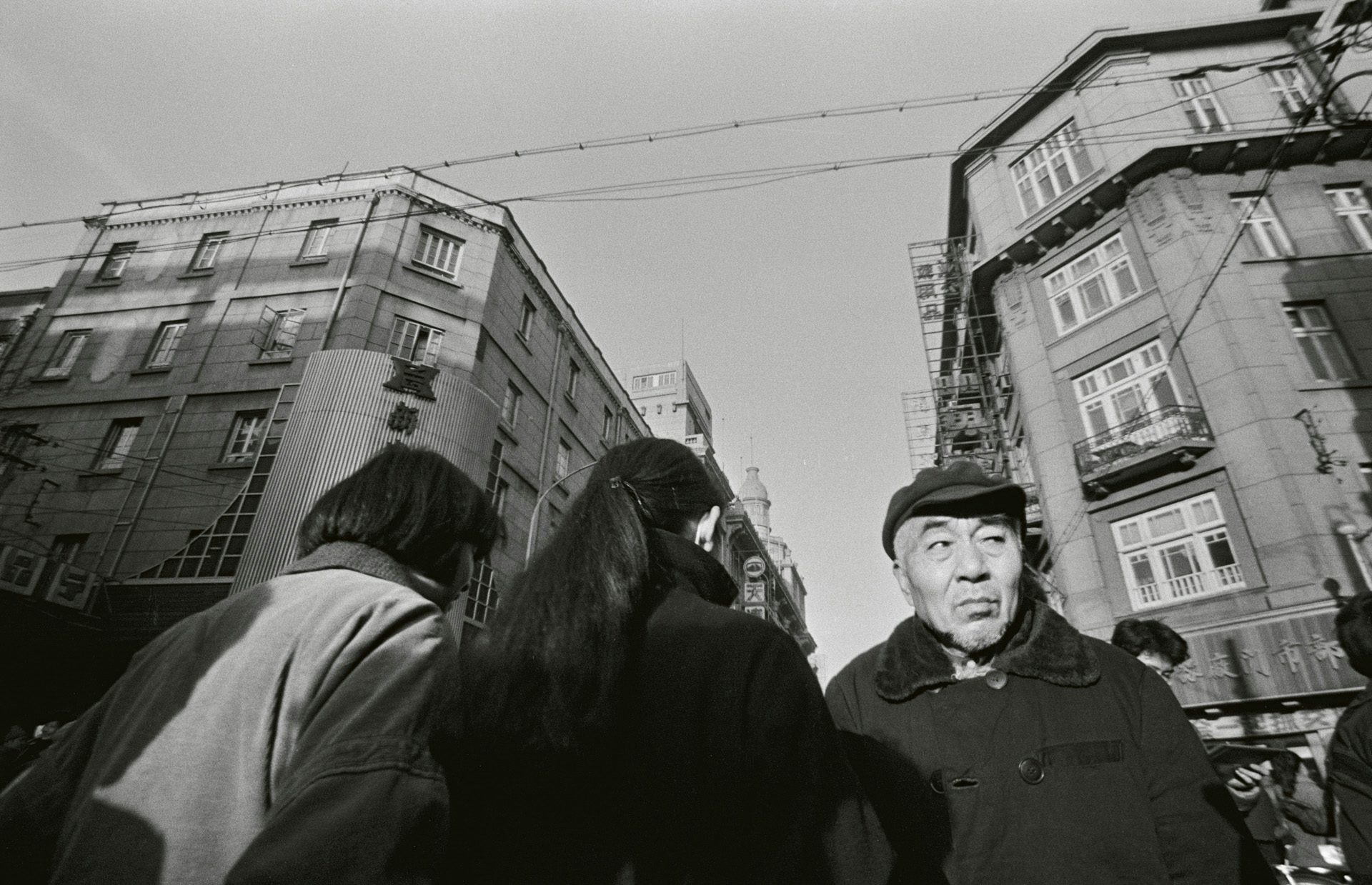

Published by Thames and Hudson, the monograph forms part of a recent effort to spotlight the work of the elusive photographer, who for many years went relatively unnoticed outside of China. Even in his home country, he faced criticism in the 1980s and 1990s for his conceptual approach to photography, and for photographing people “only at detached, lonely, or wary moments, showing only negative aspects”.
Indeed, many of Mo Yi’s images from this time are imbued with a tangible sense of melancholy, showing lonely subjects, concerned faces, and crowded streets that are frenetic yet isolating.
Speaking on a series of photographs he took of people on the bus in Tianjin (later published in his 1989 book Tossing Bus), Mo Yi says, “In the bus, nobody spoke – they were too tired; anyway, it was too cold outside. The bus tossed, the passengers tossed; the bus stopped, then the passengers. I felt the bus was just like the whole country and the history – sitting on it, you have no other choices but sitting there; no way to get off – no way to escape the power of destiny.”
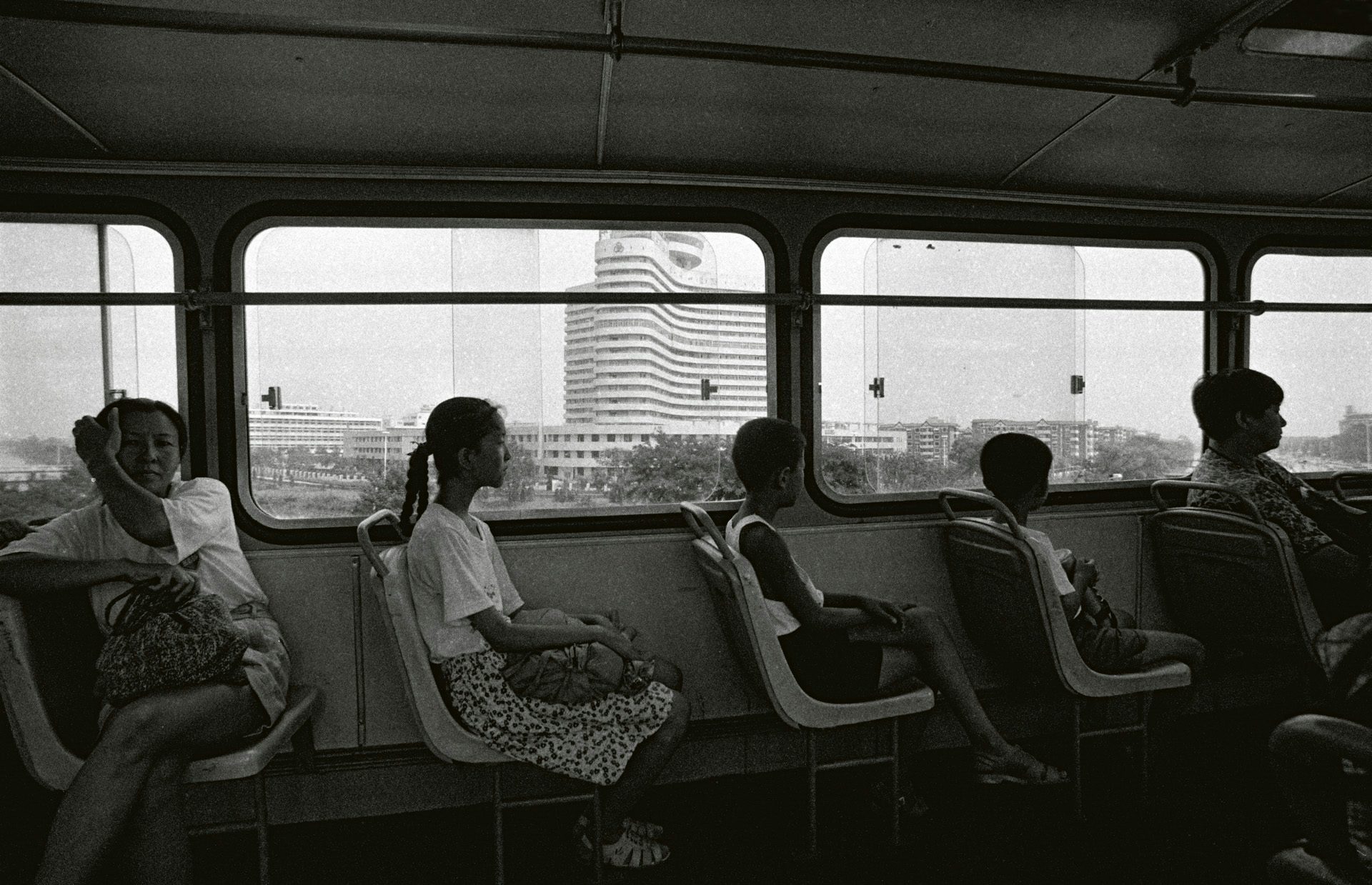

Writing in an essay from Mo Yi: Selected Photographs 1988–2003, curator and art historian Holly Roussell – who edited the book – adds: “Autonomous observer, outsider, artist and ethnographer Mo Yi’s images from the streets of Tianjin are iconic for their ability to capture the energy and melancholy of China’s rapidly evolving social fabric during the late 20th and early 21st century.
“In a career spanning over 40 years, the contemporary Chinese artist has developed his work organically in tandem with the discourse around experimental art in China and changes taking place in wider society during this period – for this reason, his oeuvre stands out as a meaningful tributary to the primary flow of his times.”

Exemplified in this latest book is also Mo Yi’s technical ability, with his images revealing an experimental and subversive approach to the photographic medium. Following the criticism he received from the 1980s onwards, he began opting to hang his camera around his neck, around his back, or on the end of a stick, to capture moments without looking through the viewfinder.
As a result, his images are ever-changing in form and composition, ranging from classic street style portraiture to blurry snaps of moving feet and even some early examples of selfies. Primarily black and white, Mo Yi later moved into colour photography, becoming known for the flashes of red that appear in much of his later work.
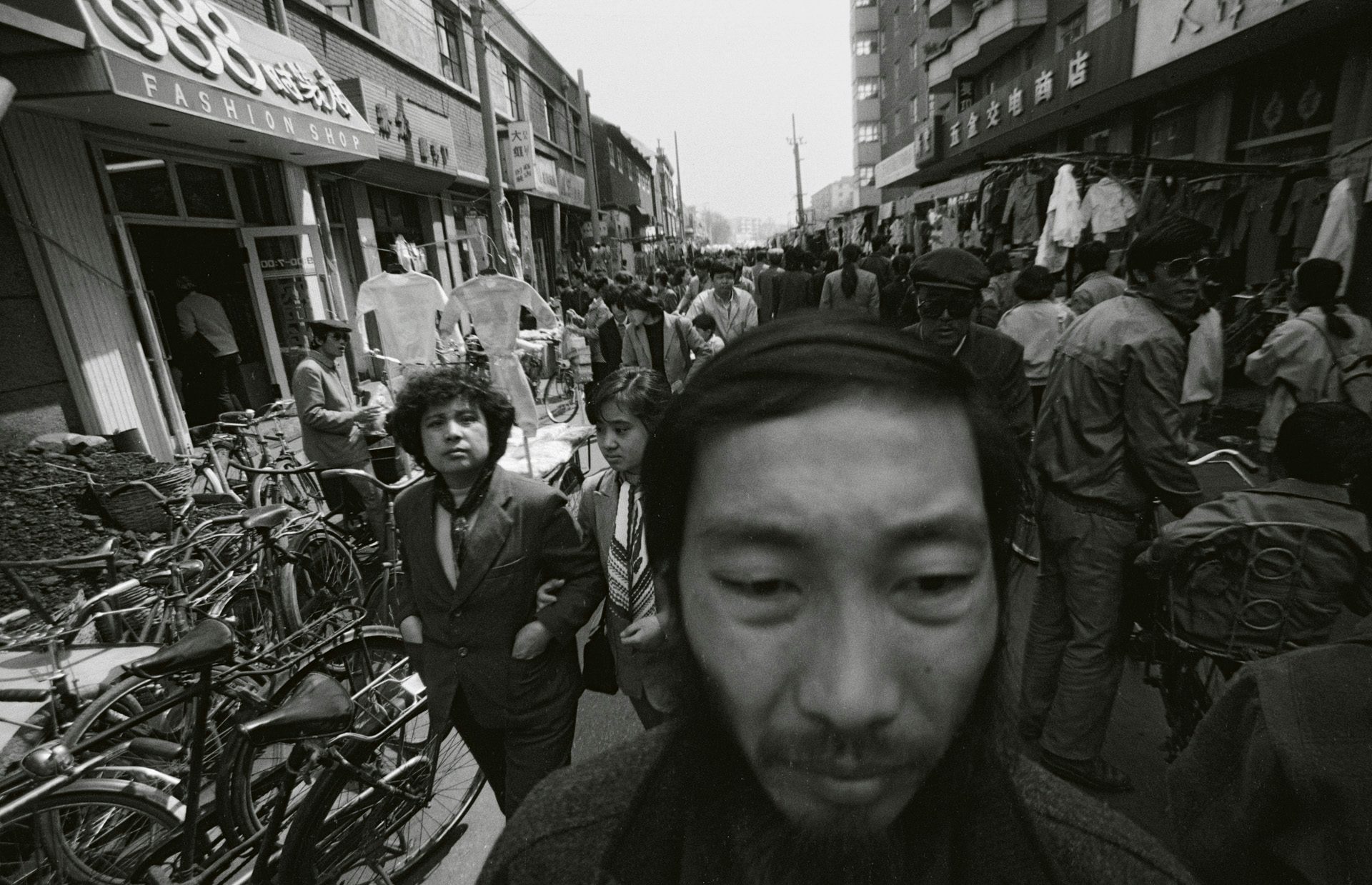
Mo Yi: Selected Photographs 1988–2003 presents this evolution of style and approach in a chronological fashion, dividing his career into five chapters that “mark the milestones of Mo Yi’s journey as an artist”.
Writing in the book, Roussell notes: “Mo Yi has approached photography fully, courageously, obsessively and uncompromisingly, seeing beyond the limits of his time or even the limits of his own education…. The works presented in this publication were made more than 30 years ago, but I hope that his first monograph finds an audience ready to revel in and be inspired by the daring, originality and intense courage of his art.”

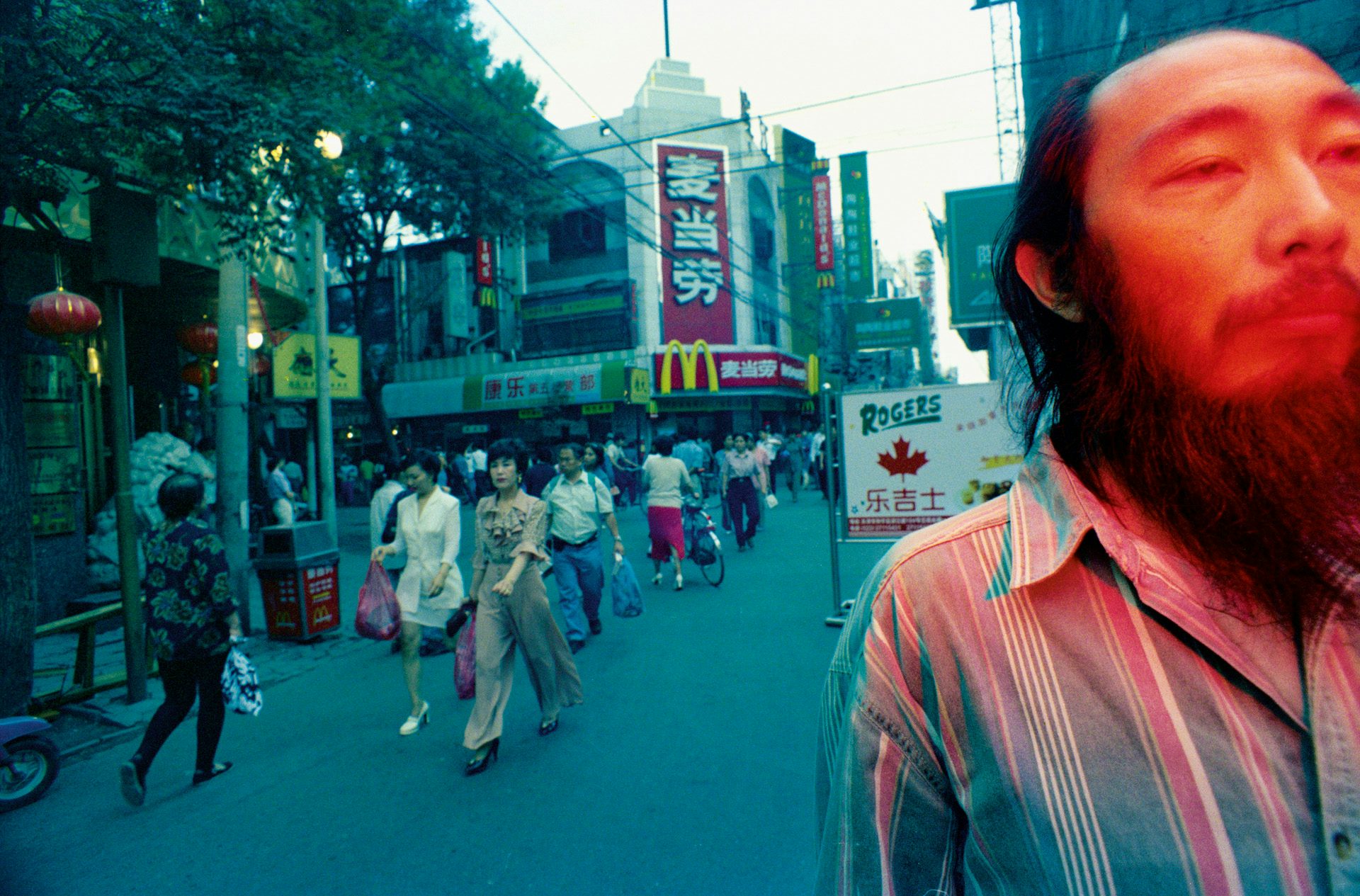
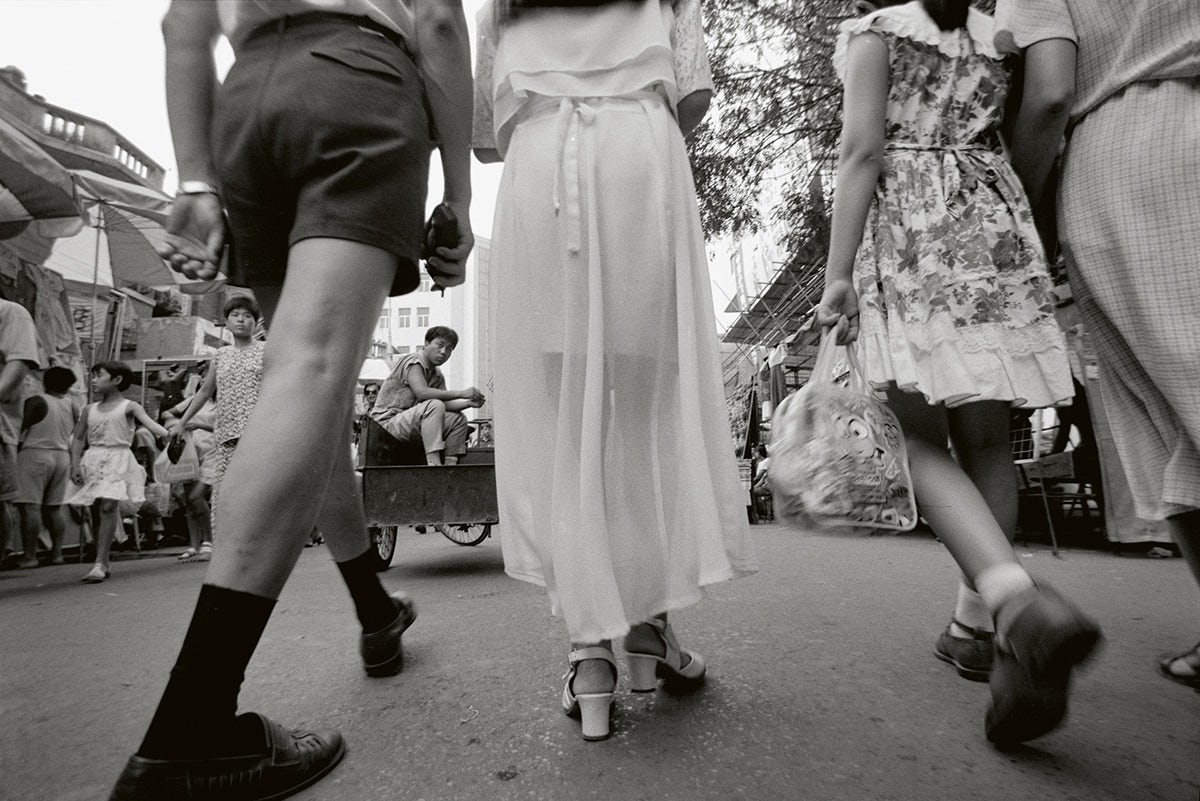
Mo Yi: Selected Photographs 1988–2003 is published by Thames & Hudson on June 27; thamesandhudson.com


















